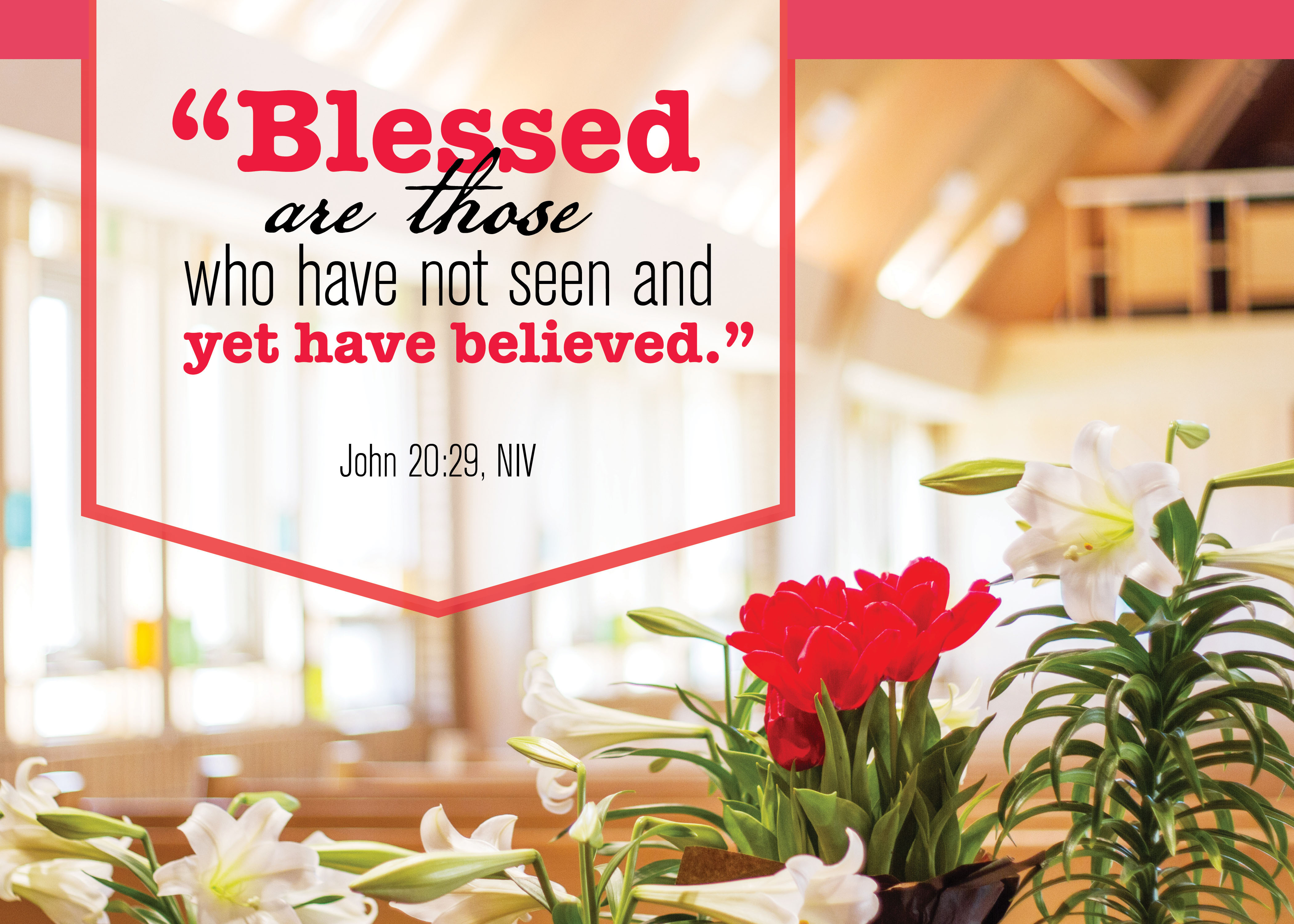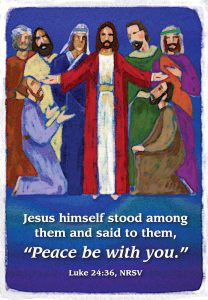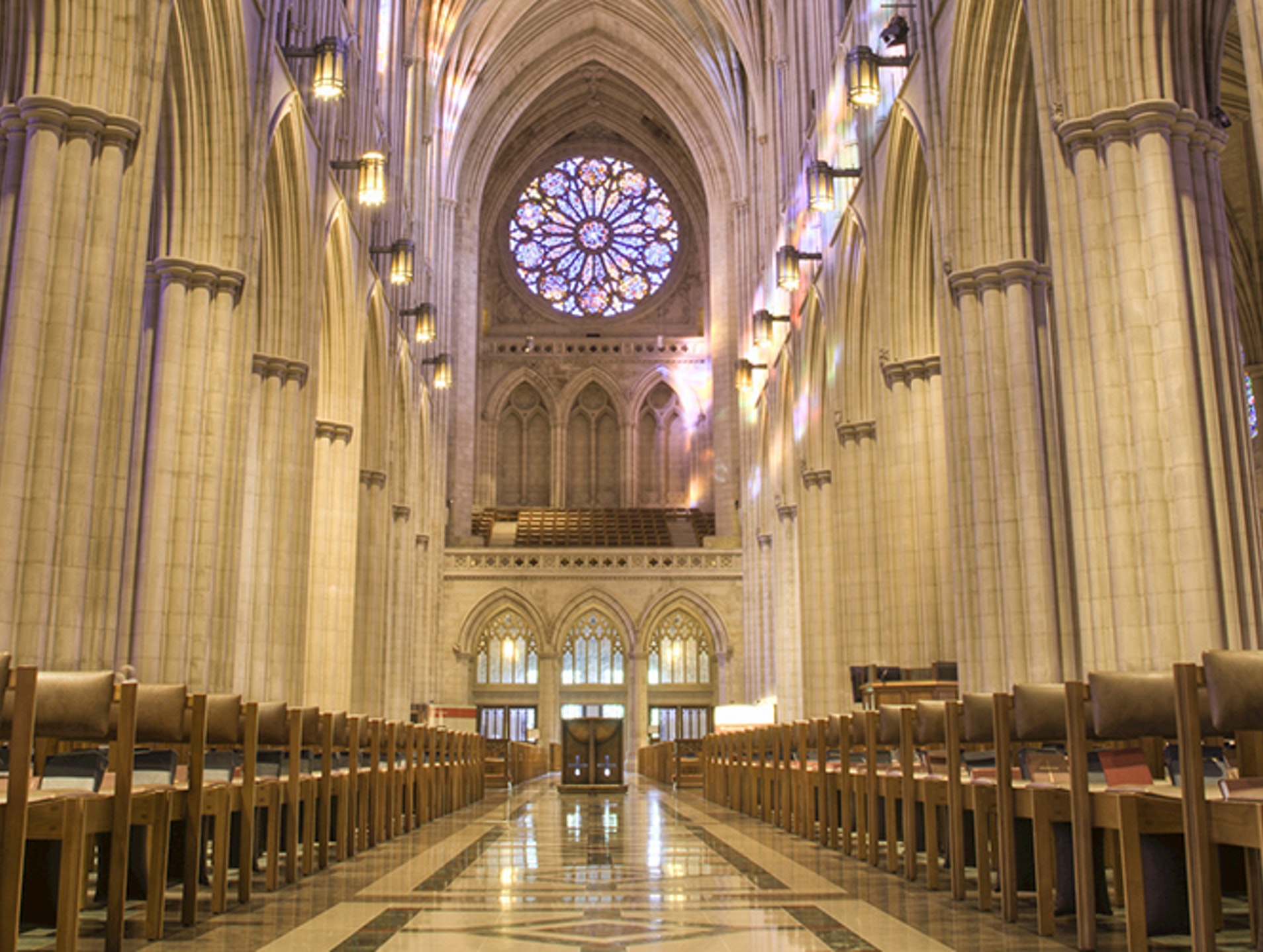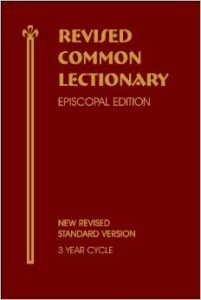A Message for Easter 2 from Deacon Jennifer Vasquez

Alleuia! The Lord is risen!
The Lord is risen indeed. Alleuia!
The second Sunday in the 50-day season of Easter is such a stereotype. Usually it’s a low attendance Sunday as people rest after all of the busy-ness of Holy Week. Some jokingly refer to it as “national associate’s Sunday,” a chance for rectors to rest and the associates to preach instead. In fact, my Lutheran bishop and his staff created a whole virtual service for today in order to give all of the clergy in the synod a Sunday “off.” It’s also known as “Doubting Thomas” Sunday, but I don’t like to preach about that because I think Thomas really doesn’t deserve that bad rap. After all, he’s the only male disciple who didn’t hide in a locked room out of fear. Besides, there’s absolutely nothing wrong in the spiritual life with “doubt”; the opposite of faith isn’t doubt, but sight, or certainty. Instead of Thomas, I’m pulled towards two themes in this text: “peace” and “wounds.” Let me tell you more.
This gospel story takes place on the evening of Easter Sunday. The disciples are locked in a room out of fear of the Jewish authorities. Earlier that same day, Peter and the beloved disciple ran and saw that the tomb was empty, and then Mary spoke with the Risen Jesus and told all of the disciples. Even with this eyewitness testimony, the disciples still don’t believe or understand the Resurrection yet. It certainly hasn’t changed them, since they are still hiding in fear. Consider what must be going on in their hearts and minds at this time. Based on everything they had been taught by their religion, they expected that the promised Messiah would overthrow the Roman empire and establish a new kingdom for the Israelites, with a descendent of David sitting on the throne. Even after following Jesus for three years, they still don’t understand what the kingdom of God actually is. Now, inside of sitting at the right hand of the king as they hoped, they are afraid for their very lives. The fear was paralyzing, I’m sure, but they likely had other feelings, too: the disillusionment that comes when expectations are crushed; despair that God had abandoned them and might never save Israel; and guilt at having left Jesus to face the cross alone, denying that they even knew him at his moment of greatest need. These are some heavy thoughts and big feelings to process.
Maybe you can relate to having heavier thoughts and bigger feelings than usual right now. I’ve heard religious leaders on podcasts recently describe how it seems like the whole country is experiencing an existential crisis all at once. Does my life have any meaning? What is death? How should I live? With the forced slowdown that many of us are experiencing, the coping mechanisms and supports that we’ve built up have been stripped away and we are left, in the quiet, to deal with our own thoughts. And it’s scary, and it’s very real, and it’s hard. I’m sure we are all processing the fear, the disillusionment, the despair, and the guilt from this pandemic in different ways. Maybe our current circumstances help us to relate a little better to the mental and emotional state of the disciples hiding in fear.
It’s interesting that the reaction to Jesus’ resurrection is so different than what happened after Lazarus’ resuscitation. When Lazarus came out of the tomb, everyone saw what happened, knew who he was, and believed it was really him coming back to life. It was so obvious that a miracle had happened that it actually made the religious leaders begin to plot to have Jesus killed. But, when Jesus is raised, even his closest disciples don’t recognize him at first, don’t believe it happened even when eyewitnesses tell them it did, and the religious authorities don’t seem to have any response to the resurrection at all. What was different about Jesus’ resurrection? There must be something qualitatively different about the Resurrection versus a resuscitation.
Into the haze of grief and fear, Jesus appears. Jesus doesn’t come to the high priests or to Pontius Pilate. It would have been really tempting to show up to give them an “I-told-you so,” or offer “proof” to the masses so that they would believe. Instead, Jesus comes to his followers in the midst of their brokenness and fear. That says something important about where we should look for the presence of the Risen Jesus now. Jesus is truly present among the broken and afraid, not with the powerful or privileged. And what are the first words that the risen Jesus speaks? Does he explain what happened? Does he answer the disciple’s questions? Does he judge them for their unfaithfulness to their Messiah? No. He simply says, “Peace be with you.” You see, fear is the opposite of peace. You can’t have peace when you’re afraid. The disciples don’t need all of the complicated theological answers while they are still locked in the upper room. In fact, they wouldn’t be able to listen and understand while in that crisis, anyway. What they need is peace, and Jesus brings it by his very presence. When he says, “Peace,” it also reminds the disciples of the last time Jesus talked about peace, which was a few days prior. Jesus gave a long “farewell discourse” at the Last Supper (John 14), when he prepared the disciples for this moment by saying: “I have said these things to you while I am still with you. But the Advocate, the Holy Spirit, whom the Father will send in my name, will teach you everything, and remind you of all that I have said to you. Peace I leave with you; my peace I give to you. I do not give to you as the world gives. Do not let your hearts be troubled, and do not let them be afraid.”

The word “peace” means shalom, which is a total wholeness and well-being. Jesus is showing them that his presence brings near the shalom of the kingdom of God. And only after they have peace, then Jesus breathes into them the Holy Spirit, the promised Comforter, and gives them a mission, a co-mission, to go out into the world and preach. As we see from Peter’s sermon in our lectionary reading from Acts, they now are able to do it – they leave the upper room and go and preach the gospel in Jerusalem, and in Judea and Samaria, and to the ends of the earth. The peace that Jesus brings, and the Holy Spirit inside of them, has changed their hearts. Instead of hiding in shame and fear, they become witnesses.
But what exactly is the content of their preaching? What do they now understand and are testifying to? At first, they are saying that they have seen the crucified and risen Lord. They knew it was him and rejoiced only when they saw his wounds. Remember that none of the eleven believed until Jesus came among them – not just Thomas, but none believed until they themselves had seen Jesus’ hands and his side. It’s so interesting to me that it is the wounds of Jesus that are what seem to hold the power of the Resurrection. Why are wounds important? I keep thinking of the reading from Good Friday from Isaiah “By his wounds, we are healed.”
There is actually a psychology and theology around the “wounded healer.” In psychology, the premise is that everyone has wounds, even a therapist, and for a therapist to be able to truly help someone else with their suffering, they have to first name their wounds, work to heal them, and even share them with their clients in order to create healing. Henri Nouwen is probably my favorite contemporary spiritual writer, and he wrote a book called “The Wounded Healer” that I commend to you. Henri Nouwen says, “The man who articulates the movements of his inner life, who can give name to his varied experiences, need no longer be a victim of himself, but is able slowly and consistently to remove the obstacles that prevent the spirit from entering. He is able to create space for Him whose heart is greater than his, whose eyes see more than his, and whose hands can heal more than his.”
It is important to name our wounds and allow them to be places where the Spirit of God can enter. Our wounds shape us. We would not develop in the same way as humans without those experiences that hurt us. In Jesus’ case, his wounds were visible evidence of the lengths to which he would go to show his love. Thus, the scars from wounds tell powerful stories about who we are. And sharing one’s wounds with others is the ultimate act of authenticity and vulnerability.
I’ve been thinking a lot lately about the healing power of authenticity and vulnerability. In our Lent series we talked about “why church matters,” and I mentioned Dr. Andrew Root, who discusses the role of the church in the “age of authenticity.” He says that the church matters because it can usher people into these precious “moments of resonance with the divine,” those holy experiences when we know, deep in our soul, that there is a reality bigger than ourselves. There is God, who is love, in whom we live and move and have our being, and we all rest together in that love. And these moments of resonance happen between people most especially when we are vulnerable, when we take off the masks that we wear and let people see our brokenness. Brene Brown, who also researched shame, brokenness, and vulnerability probably more than any other contemporary writer, says this: “The irony is that we attempt to disown our difficult stories to appear more whole or more acceptable, but our wholeness – even our wholeheartedness [that is, our peace or shalom!] – actually depends on the integration of all of our experiences, including the falls” – or, I would say, the wounds. We don’t experience peace until we can openly share the stories of our wounds.

Through the course of this pandemic I’ve watched my clergy colleagues and others, even late-show hosts, demonstrate the depth of their love and care by offering whatever they have to give. They have sung a capella or preached in empty sanctuaries, they have made halting videos with bad lighting using their smart phones, they let everyone see their homes and families and pets. They gave the best of themselves even though it cost them something to do so. And it was so holy to see their imperfections and their vulnerability. It’s that vulnerability that I think of when I think about the wounds of Jesus. It is this intimacy with the disciples that ushers in the Holy Spirit and transforms their hearts. Vulnerability opens up our hearts so that we can more clearly hear God’s voice. Brene Brown says, “Vulnerability is the birthplace of innovation, creativity, and change.” Or maybe we could say: vulnerability is where the new life of the Resurrection springs forth.
This, then, is our opportunity during this time. To allow God to enter our hearts and bring peace and wholeness in the midst of our fear. To receive the Holy Spirit and soften our hearts for God to transform them. And, then, to go out and spread that love to the world, “doing what love does.” What does it mean to “do what love does”? It can mean doing those things that so many are already doing; physical distancing and wearing masks to protect those most at-risk, making friendly phone calls, delivering groceries, or even advocating against the racial and economic inequalities that left some communities much more vulnerable to the virus. Doing what love does also means being vulnerable and authentic with others instead of trying to be perfect, telling them when we mess up, telling them our fears and our doubts and our questions, and welcoming the holy moments of resonance when others share their hearts with us too and we make a deep connection. People’s deepest needs are to be known, heard, and loved. When we offer our authentic selves to others, we free them to do the same, and our hearts have joy together. During Easter we can meet the risen Jesus, have him transform our lives, and then witness to that transformation to others through our acts of love, even during a pandemic.
Amen.



